Ultra-rare 1984 Simca van – the last UK survivor!
Posted by Chris Graham on 9th February 2023
Despite its popularity during the 1980s, the Simca van has all but vanished now. Mike Neale tracks down an ultra-rare survivor.
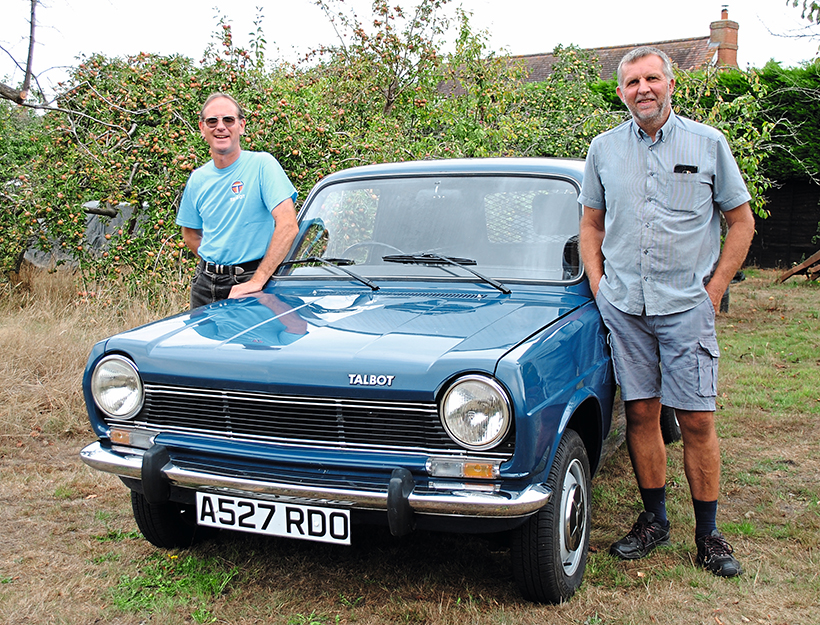
Simca vans are an extremely rare sight on today’s roads.
The Simca 1100 was launched in September 1967 initially as a five-door hatchback, with a new design of transverse-mounted engine. It was Simca’s first front-wheel-drive car. Front disc brakes were fitted. A three-door hatchback and a three-door estate car appeared the following year, plus a van version based upon the latter, as well as a pick-up. A five-door estate arrived for 1969. The Simca 1100 Special of 1970, with its 1,204cc engine, could perhaps lay claim to being the first hot-hatch.
The ownership history and naming of the firm is quite a complicated one. In the 1920s, the Société Anonyme Française des Automobiles Fiat, or S.A.F.A.F. distributed Fiat cars in France and, in 1932, began assembling the Fiat 508 as the Fiat-Française.

The owner’s handbook illustrates the different body styles in one.
In 1934, the Société Industrielle de Mécanique et Carrosserie Automobile, or S.I.M.C.A., was formed to build Fiat cars under licence, such as the Simca 5 (Fiat 500 Topolino). Fiat retained shares in Simca until the 1970s. The first Simca that wasn’t a Fiat design was the Aronde of 1951.
In 1954, with the success of the Aronde meaning that the existing factory in Nanterre was now too small, Simca took over Ford’s French operation, Ford S.A.F. (Société Anonyme Française) and with it a modern factory at Poissy. Ford then had a 25% stake in Simca. In 1958, Ford did a deal with Chrysler to take over its shares. Also in 1958, Simca bought the prestigious French Talbot marque but, after the last handful of Talbot-Lago cars was built in 1960, the Talbot name disappeared, at least for a while.
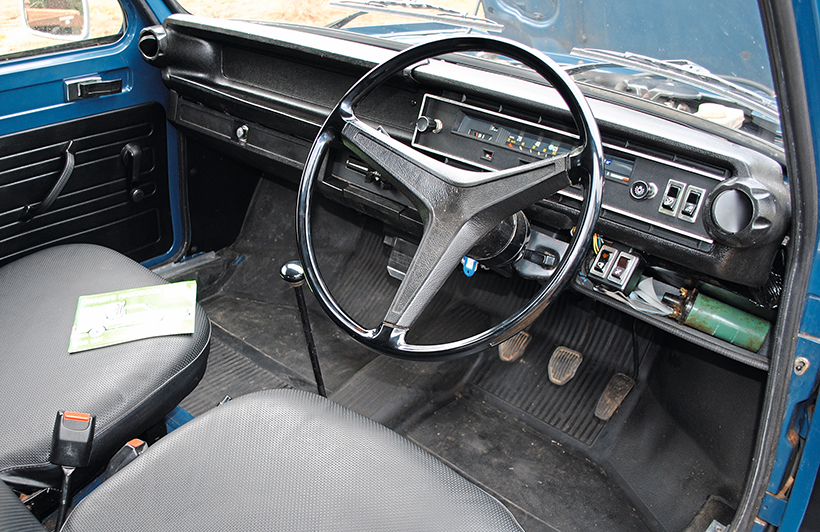
Seats are trimmed in breathable vinyl. Easy-release passenger seat is removable to increase the load area.
At the end of 1962, Chrysler became a majority shareholder of Simca, as it subsequently did with Rootes in the UK. Fiat retained its 25% stake. In July 1979, Simca, along with the former Rootes Group, was sold to the PSA Group (Peugeot Société Anonyme). As it was no longer allowed to use the Chrysler name, it cleverly reinstated an old pre-war marque that sounded French to the French but English to the English, ie Talbot. Peugeot sent out Talbot badges to all dealers, who had to prise-off any Chrysler badges on cars in stock and replace them.
Peugeot weren’t, however, that interested in the Chrysler UK vehicle range and, by 1986, all its products had been discontinued and the former Rootes Group effectively ceased to exist. What Peugeot did, however, was the factories; the Poissy facility in France and, here in the UK, the massive ex-Rootes plant at Ryton-on-Dunsmore. It also got the large ex-Rootes dealer network, which enabled the company to transform Peugeot and Citroen from slightly quirky/unusual buys for UK buyers, into the mainstream.
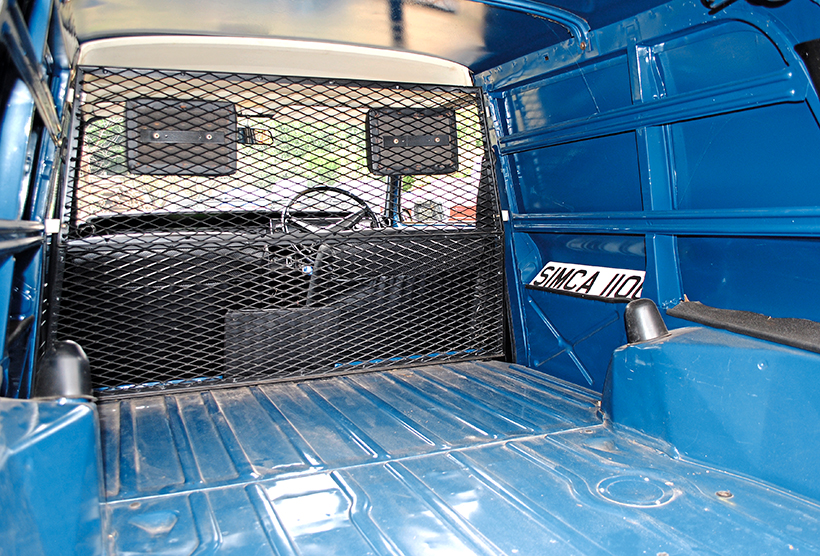
Load area is wide, generally unobstructed, and runs to 1.6 m3 or 55 cu.ft.
The Simca 1100 saloon was the best-selling imported car in Britain in 1973, and France’s best-selling car for a while. Production of the saloons stopped in July 1981, but the estates and vans lasted until Spring 1985. Over 2.1 million Simca 1100s (of all types) were built; more than any other Simca model.
The four-cylinder 1,118cc OHV engine has been described as rattly but tough. It was used up until the demise of the Peugeot 309 in 1991, albeit developed over the years, including in 1300 form.
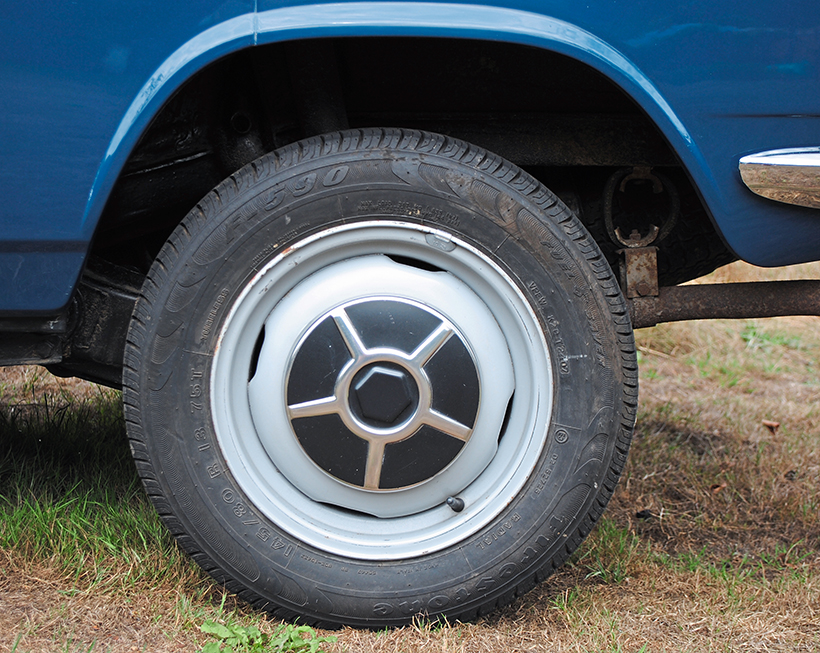
One subtle piece of Chrysler-derived branding remained, however, in the Pentastar-styled hubcaps.
There were three different body types produced on the Simca 1100 vans. The standard van (known in France as the VF1), a high-roof van (French code VF2) and a super-high-roof van (VF3).
Simca 1100 vans were sold new in the UK, though only the standard van and the high-roof version, plus the pick-up. Initially they were badged as Simca then, from around 1976, as the Dodge 1100 (this was when Chrysler dropped the Commer and Karrier brands, and all commercials became Dodges. Ed), sold through former Rootes dealers at the time Rootes cars were badged as Chrysler. They were then badged as Talbot from 1979.
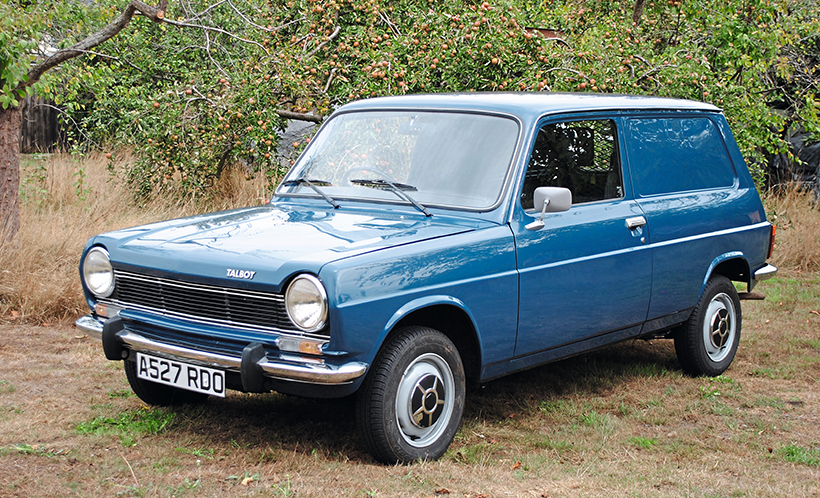
Rare survivor
The Talbot 1100 van you see here is an original, right-hand-drive, UK-supplied van, sold new in July 1984 to a farmer in Lincolnshire who used it as his daily hack. One day he was driving along a country road when a stone flew up and shattered the windscreen. It so alarmed him that he put the van away in a barn, still with the broken windscreen, and left it there, with only 10,000 miles on the clock.
In 1995, it passed to its second owner, still with some straw and hay inside, who recommissioned it, replaced the windscreen and started using it for his business. However, after a couple of winters it began to deteriorate. It then sat outside, unused, for six or seven years until 2005 when it was saved by a member of the Simca Club UK. However, he was really into rear-engined Simca 1000s, rather than 1100s, so put it up for sale again, which was when Guy Maylam found out about it. He and his friend and fellow Simca enthusiast, Stuart Wade, decided to buy it to restore, becoming the fourth owners. It still only had 22,000 miles on the clock, but had started to rust quite badly.

Original engine just needed a service and, unsurprisingly, new tappets.
The van needed new front wings and new lower rear wings, which fortunately are the same across the whole Simca 1100 range, allowing saloon car ones to be used. Repairs were needed to the inner wing flanges, and to the scuttle below the windscreen. The front sloping gutter on the A-post was badly rusted, so a section was cut off a spare parts car and welded in. The van was then resprayed by Stuart in its original shade of Baltic Blue, using cellulose paint. The other colours offered were Alpine White, Cherry and Antelope Beige. Earlier Simca 1100 vans were available in colours such as metallic turquoise with orange interior trim! Were these the only vans sold in the UK with metallic paint as standard at that time?
Virtually all the brightwork was replaced – front and rear bumpers, door handles and headlamp rims. The grille was replaced with one from a car which has an extra chrome strip at the top and bottom – the Talbot 1100 vans originally had an all-black grille which looked a little austere. A proper glovebox from a car has also been fitted instead of the deteriorated cardboard one that was on the van. These are the only changes from original specification, although the ‘1100 VF1’ badge is actually from a French market van, as the UK ones didn’t use the VF codes. This van has hubcaps fitted, although some only had wheel centre caps.
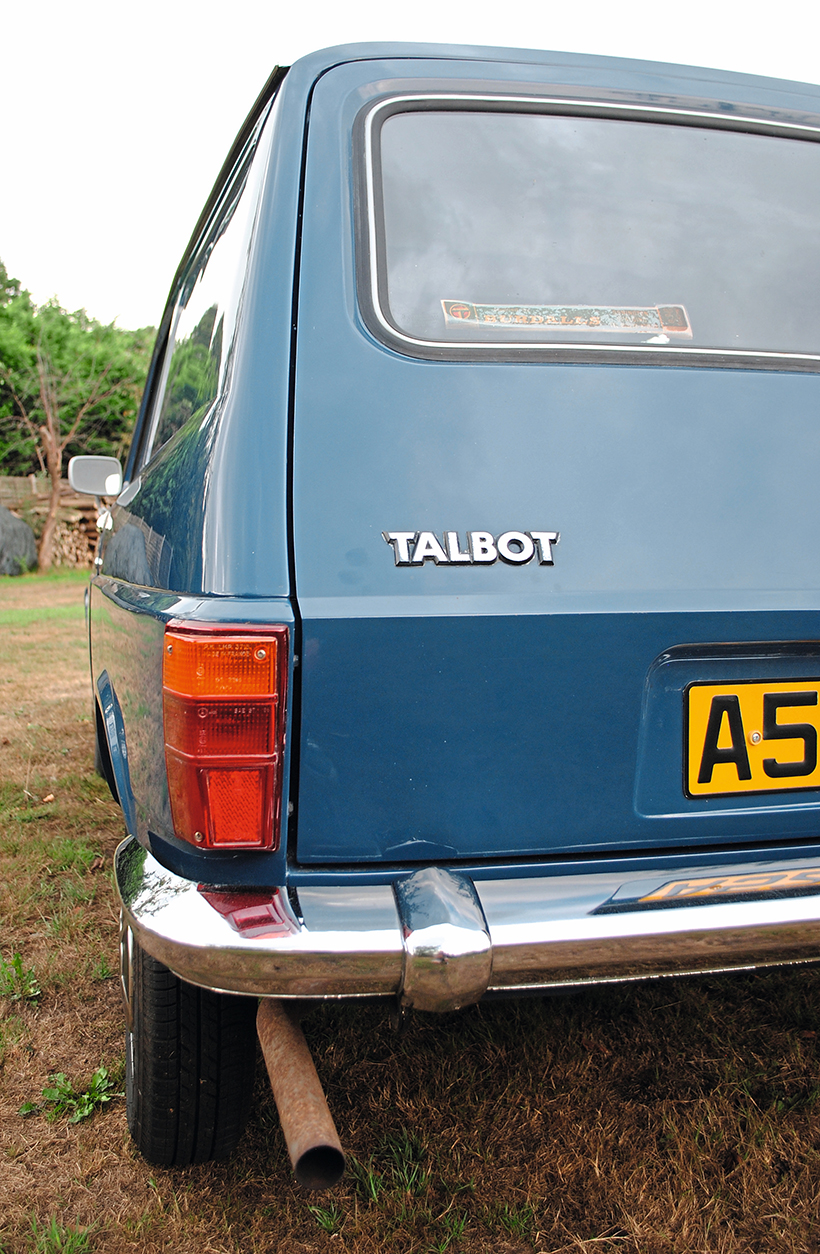
Talbot branding dates from the sale of Simca and the former Rootes business to Peugeot-Citroen, meaning the Chrysler and Dodge brand-names could no longer be used.
The van retains its original wiring and the original engine just needed new tappets (as you’d expect) and a service. It has now covered 28,000 miles.
There were three different types of dashboard used during the life of the Simca 1100. The third type was only used on European market cars, the vans continuing with the second type. However, for the UK market, the expense of producing new right-hand-drive dashboards meant that all UK vans had the original type from 1968 to 1984. A strip speedometer was perhaps rather old-fashioned by the end of production, but that’s what this late model Talbot has.
I wondered how difficult it was to find spares for these vehicles. “There used to be a garage in Coulsdon – RJ Grimes. After the war it reconditioned old Commers and Humbers, and went on to deal with Rootes, Simca, Chrysler and Peugeot spares. When other dealers decided they no longer needed to keep the older spares in stock, the parts usually ended up at Grimes, in a ramshackle set of sheds,” Guy tells me. “Then the site was sold for flats, but it was held up in planning for a long time. Gradually the stock was sold off. We bought several tons of spares by the van-load. We kept going back for more Simca and Rootes stuff.
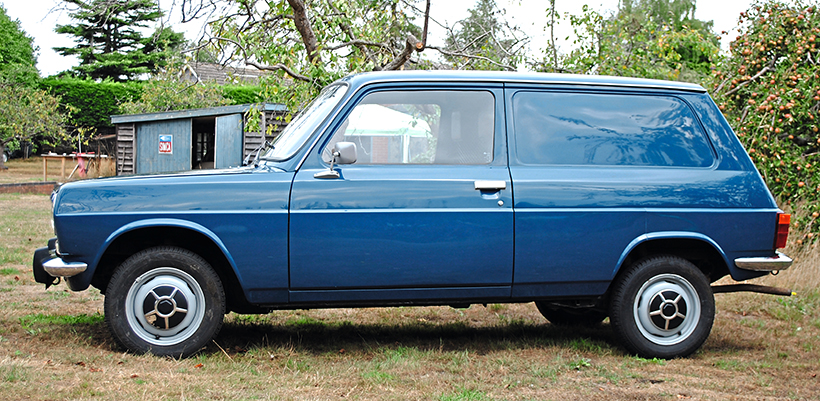
Standard van was based on the three-door estate. Colour is Baltic Blue, one of just four offered on the Talbot 1100.
“Some of the stock had come straight from the Coventry factory. Thus, we’ve got parts that would otherwise be impossible to find, including door rubbers colour-matched to the exterior colour, screen rubbers, bits of trim, clips and badges, as well as new-old-stock body panels. Nowadays, Speedy Spares, which had a family connection to Grimes, has taken over as the major supplier of ex-Rootes-derived parts.” See https://www.speedyspares.co.uk/.
I cannot remember the last time I saw one of these vans, but just how rare is it? “It’s the only known surviving UK supplied Talbot 1100 van,” notes Guy. “There are a couple of UK-supplied Simca vans, although one of these was well used when I last saw it, and there may be one Dodge 1100 van. Three or four late-model Talbot pick-ups have surfaced recently. I have a Dodge pick-up, but there are no Simca-badged pick-ups known to the club in the UK. The pick-up was the basis for the Matra Rancho, but there aren’t many of those either.”
Guy has an original brochure for the Talbot van stamped with the name Copthorne Garage. “That was my uncle’s garage from the 1960s until 1982. It had a tiny, one-car showroom and I used to go there on Saturdays and valet the cars. That’s how I got into them.”
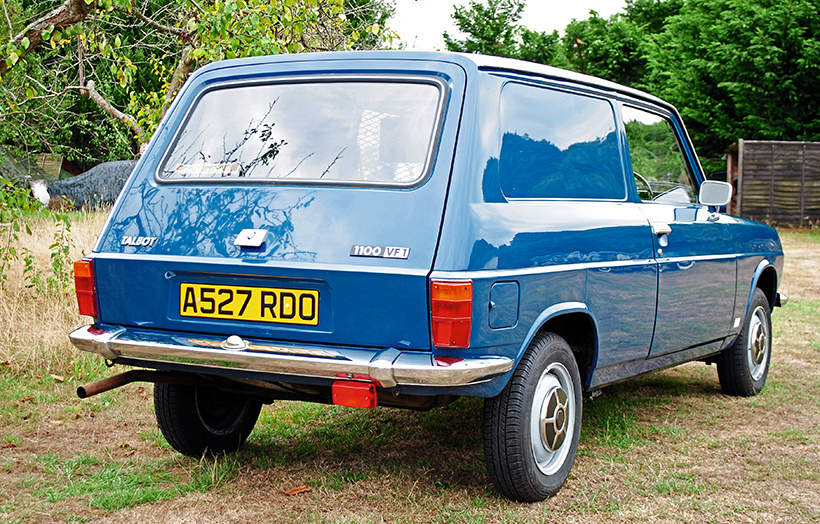
Lift-up tailgate further reflects the van’s estate car origins.
Stuart’s dad had a smallholding, but also used to renovate cars. Similarly, Stuart would help him cut and polish them. They met when Guy went to buy a Simca Vedette from Stuart, and they found they had this common interest in Simcas and other classics, and began restoring them together. “I can weld and do mechanical work, but Stuart is the skilled one who does most of the work!”, jokes Guy.
So, what’s it like out on the road? “It’s a very usable van. It will do 75-80mph with no trouble, with a top speed of around 88. It was designed to run at the French limit,” explains Guy. Like all Simca 1100s it has a four-speed ‘box. “The engine is quite torquey – you don’t need to change down on a country run. I actually prefer driving it to my Simca 1100 cars. It gets more attention than the saloons, and people are amazed it has survived!”
Since restoration, the van has been to Belgium and France two or three times, as well as to the Festival of the Unexceptional. Guy is an active member of the Simca Club UK, displaying a vehicle on its NEC Classic Motor Show stand for about the last 20 years. “The van is hard to value, as there aren’t any for sale to compare it to, but I wouldn’t sell it,” notes Guy.
With thanks to Guy Maylam and Stuart Wade. See also https://www.simcatalbotclub.org/.
This feature comes from the latest issue of Classic & Vintage Commercials, and you can take advantage of a money-saving subscription to this magazine simply by clicking HERE
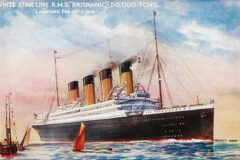
Previous Post
White Star Line’s Olympic, Titanic and Britannic liners investigated
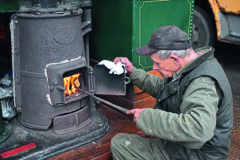
Next Post
1900 hot-air engine runs once again



